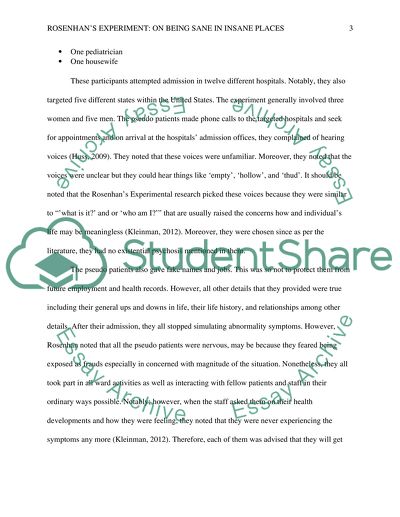Cite this document
(“Rosenhans Experiment: On Being Sane in Insane Places Research Paper”, n.d.)
Retrieved from https://studentshare.org/psychology/1498199-rosenhans-experiment-on-being-sane-in-insane-places
Retrieved from https://studentshare.org/psychology/1498199-rosenhans-experiment-on-being-sane-in-insane-places
(Rosenhans Experiment: On Being Sane in Insane Places Research Paper)
https://studentshare.org/psychology/1498199-rosenhans-experiment-on-being-sane-in-insane-places.
https://studentshare.org/psychology/1498199-rosenhans-experiment-on-being-sane-in-insane-places.
“Rosenhans Experiment: On Being Sane in Insane Places Research Paper”, n.d. https://studentshare.org/psychology/1498199-rosenhans-experiment-on-being-sane-in-insane-places.


